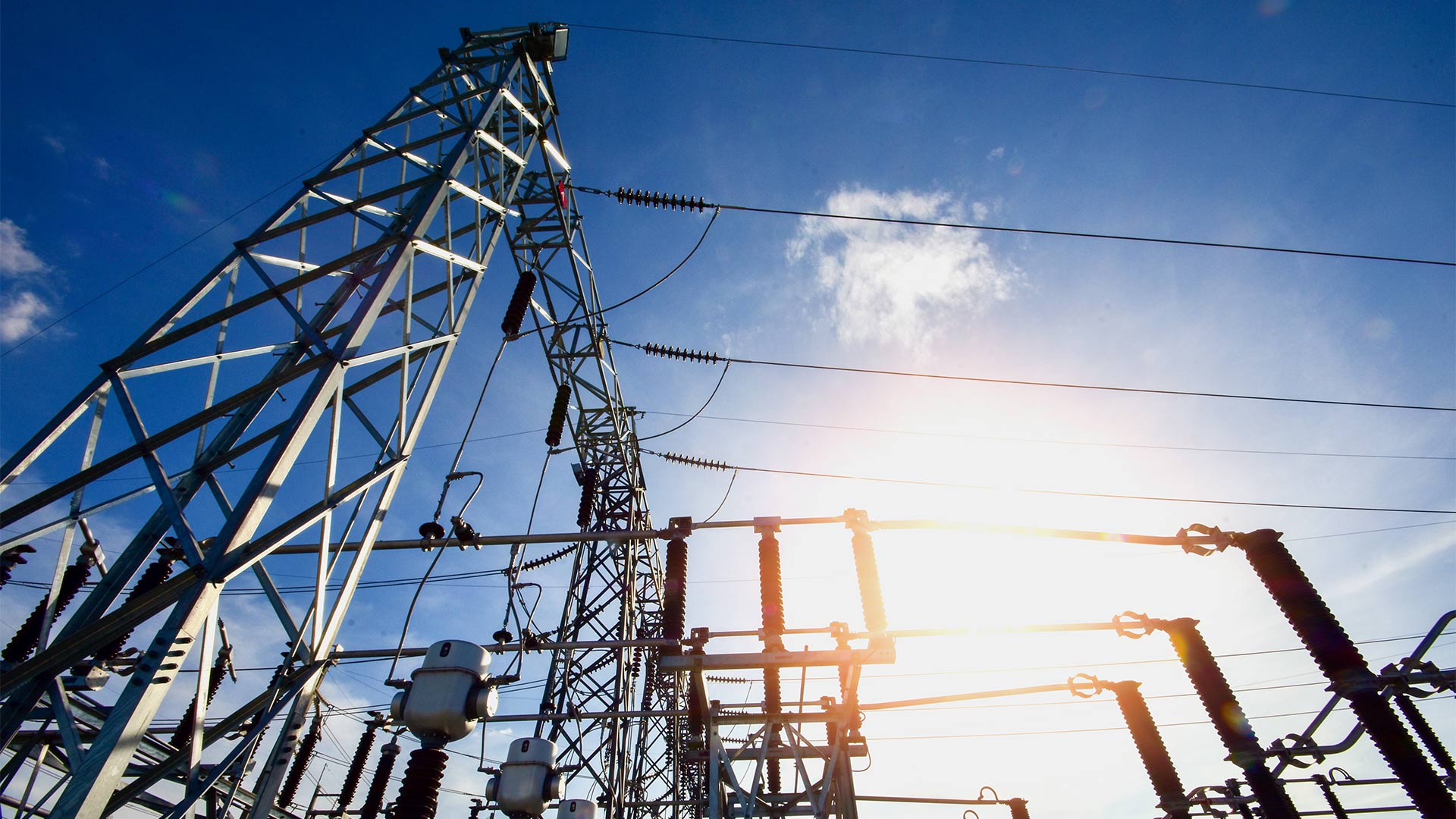Operation of the Retailer Reliability Obligation
Broadly, the RRO will be triggered if a generation gap is forecast by AEMO. If the RRO is triggered, ‘liable entities’ may or will (depending on how imminent the forecast gap is) be required to demonstrate that they can meet their share of peak demand.
This section provides some further information on each stage of the RRO process.
Figure 1: Overview of the Retailer Reliability Obligation
| AEMO publishes annual Reliability Forecast in which it identifies a material reliability gap at T-3 or T-1 |
| AEMO requests the AER to issue a reliability instrument |
| AER issues a reliability instrument, triggering the Retailer Reliability Obligation |
|
If the obligation is triggered at T-3, liable entities may be required to demonstrate future compliance by entering into sufficient 'qualifying contracts'
|
If the obligation is triggered at T-1, liable entities will be required to disclose their net contract positions for the gap period to the AER
|
|
AEMO will use the RERT mechanism to address the remaining gap
|
AEMO Reliability Forecast
A key component of the RRO is the determination of whether there are forecast reliability gaps in the future. The new rules require AEMO to include a ‘Reliability Forecast’ in its annual Electricity Statement of Opportunities (ESOO) setting out the reliability forecasts for a 10 year period (the last five years of which are only required to be indicative in nature).
The AEMO will also be allowed to update the Reliability Forecast out of its regular annual cycle in the event of material changes to the assumptions made in the ESOO.
To facilitate the preparation of the Reliability Forecast, the new rules enable the AEMO to request information that it reasonably requires for the preparation of the ESOO and any updates to the ESOO. The type of information that may be requested is broader than the previous requirements. However, it is unclear at this stage whether this information gathering power will be limited to any real degree, as it is subject to the AEMO’s Reliability Forecast Guidelines, which have not yet been finalised.
Triggering the Retailer Reliability Obligation
If the AEMO identifies a ‘material reliability gap’ from the reliability standards three years from the period in which it is forecast to occur (T-3), it must request that the Australian Energy Regulator (AER) publish a reliability instrument. A reliability gap will be considered ‘material’ if the forecast exceeds the reliability standard.
If, one year out from a forecast material gap, an expected material reliability gap remains (T-1), the AEMO must again request that the AER issue a reliability instrument.
The RRO will be triggered if the AER determines the AEMO’s assessment was appropriate and issues a reliability instrument. However, the AER is entitled to reject an AEMO request if it is not satisfied that a forecast reliability gap will occur in the region identified by the AEMO.
In considering whether or not it is appropriate to make a reliability instrument, the AER must have regard to whether or not there are material errors in the AEMO’s calculation or input data that relate to the reliability forecast. The interim Reliability Instrument Guidelines published by the AER on 31 July 2019 state that the process the AER will use will be a combination of internal and external data validation methods.
The AER must also have regard to whether or not the AEMO has made any inaccurate assumptions that underpin its forecast data and which have had a material impact on unserved energy outcomes in the reliability forecast. The AER’s interim Reliability Instrument Guidelines also note that the AEMO’s assumptions will undergo a verification and checking process.
Liable Entities
The purpose of triggering the RRO is to put liable entities on notice that they must assess their likely share of system peak demand and secure qualifying contracts to cover this.
Liable entities include each entity registered by the AEMO as a market customer under the NER where its annual energy consumption is more than 10 GWh. This will capture retailers, as well as major parties that purchase electricity directly from the NEM.
Large customers may also choose to ‘opt-in’ to the RRO to manage the obligation associated with their load more efficiently than their retailer. The NEL Amendment and the new rules set out the conditions under which large customers, who are not otherwise liable entities, may elect to ‘opt-in’ to manage their obligations directly.
New entrants that enter the market in the final year before the beginning of the gap period will also be liable if their annual consumption is more than 10 GWh.
Responsibilities once the Retailer Reliability Obligation is triggered
If the RRO is triggered at T-3, liable entities may be required to demonstrate future compliance by entering into sufficient ‘qualifying contracts’ to cover their share of forecast one-in-two year peak demand during the gap.
If the AER confirms a material reliability gap remains, and so issues a T-1 reliability instrument for a region, liable entities will be required to disclose their net contract positions for the reliability gap positions to the AER.
The net contract position for an entity is calculated by adjusting the megawatts of electricity under a liable entity’s qualifying contracts (defined below) to determine the relative ‘firmness’ of each contract. The firmness of a qualifying contract is a measure of the extent to which it reduces the exposure of a liable entity to the volatility of the spot price in a region during the gap period.
The AER will publish a default methodology for calculating firmness for standard contracts. The new rules also include a mechanism to allow entities to use a bespoke methodology. These entities will be able to engage an independent auditor from a pre-approved panel to determine the ‘firmness factor’ for a contract where a default methodology does not apply.
Qualifying Contracts
Only certain types of contracts will count as qualifying contracts for the purposes of demonstrating compliance with the RRO. Under the NEL Amendment, qualifying contracts must be:
- directly related to the purchase or sale, or price for the purchase or sale, of electricity from the wholesale exchange during the stated period; and
- entered into voluntarily by the liable entity to manage its exposure in relation to the volatility of the spot price.
The NEL Amendment also facilitates other forms of qualifying contracts to be provided for in the NER. Currently, no additional criteria have been provided for in the NER. However, a further mechanism has been included in the NEL Amendment enabling the AER to decide what is a ‘qualifying contract’ through the Contracts and Firmness Guideline. This guideline is due to be released on 31 December 2020.
Market Liquidity Obligation
There is a separate ‘Market Liquidity Obligation’ that will operate between T-3 and T-1 when the RRO is triggered in a region. Obligated participants (generators of a particular size in their region) will be required to post bids and offers, with a maximum spread, for standardised products that would cover the period of the gap.
Compliance
The AEMO may commence procurement of emergency reserves at T-1 through the Reliability and Emergency Reserve Trade (RERT) framework to address any remaining gap, with costs to be recovered through the Procurer of Last Resort (PoLR) cost recovery mechanism.
The AER will assess the net contract positions submitted by liable entities and confirm if the level of contract coverage was adequate to meet their obligation.
A liable entity found to be under-contracted will be charged a cost based on its proportionate contribution to the PoLR costs, which is capped at $100 million.




